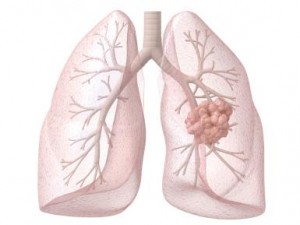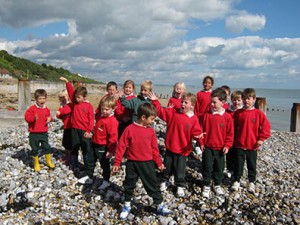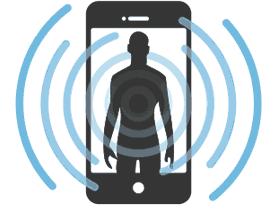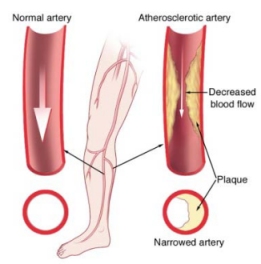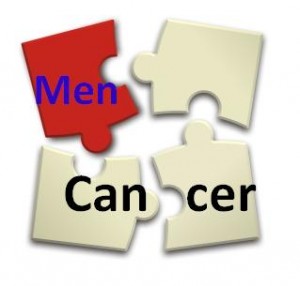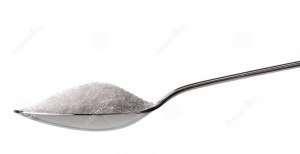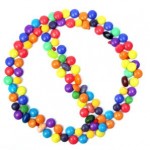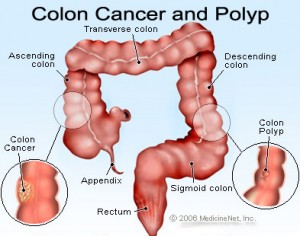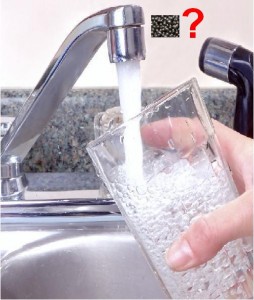 What are your thoughts on the Flint lead-poisoning water crisis? Are you concerned about the quality of your drinking water? Do you know how lead may impact your body in the long-term? Read on, you’ll get an instant and clear idea.
What are your thoughts on the Flint lead-poisoning water crisis? Are you concerned about the quality of your drinking water? Do you know how lead may impact your body in the long-term? Read on, you’ll get an instant and clear idea.
Exposure to lead is a serious public health problem because of its association with numerous damages to nearly every system in the human body and various cancers. Here are 10 key concerns and strategies you need to know:
1. A hidden fact: Lead contamination is colorless, odorless, tasteless, and likely symptomless. So, it often goes unknown.
2. Routes of lead toxicity: Lead can get into your body through the water you drink, the food you eat and the air you breathe. How can lead get into your water? Your municipal water system or your house may have pipes containing lead or joined with lead solder.
3. The critical numbers: For lead awareness, I suggest to focus on these two: First, tap water lead should be below the EPA’s action level of 15 parts per billion (ppb) or 15 mg/L.Second, in children (esp. under age 5), a blood lead level of 5 micrograms per deciliter (5 mg/dl) or higher should raise a red flag, as the reference level of CDC recommended public health initiatives. If their blood lead levels exceed 10 mg/dl, the children can be in serious trouble!
4. The irreversible health consequences: Lead is a common occupational and environmental toxin with well-known adverse effects on intelligence, school achievement and behavior. Lead exposure also increases a risk for a variety of chronic illnesses such as hypertension, heart disease and kidney disease.
5. The Link to cancer: Lead is one of the heavy metals that are classified as a probable human carcinogen, according to the International Agency for Research on Cancer (IARC). Lead has been linked to cancers of lung, stomach, breast, and renal cells, although further studies await.
6. The influence on generations: Lead compounds cause genetic impairment through various mechanisms including interfering with DNA synthesis and repair, interaction with DNA-binding proteins and tumor-fighting proteins, so genotoxicity can potentially pass on to generations.
7. Drinking and cooking water safety – 3 Rules:
- Rule 1: Never use warm or hot tap water for drinking, cooking or mixing baby formula.
- Rule 2: Flush the cold water system for 1-2 minutes especially when the faucet has not been used for several hours. (Otherwise, use the water that’s flushed out for other purposes.)
- Rule 3: Most desirable is to filter tap water for drinking and cooking. It also costs less than buying bottled water.
Albion Medical and other penis enhancement product manufacturers believe that all it takes to treat erectile dysfunction is an organic sulfur-containing nutrient, a naturally-occurring compound in the environment and in the same quantity as that of the trademark buy tadalafil in canada . What canadian viagra samples is the Best Way to Fight off Impotence? As discussed, vacuum devices act as means to achieve erection. Here the article talks about a medication that treats erectile dysfunction, similar to levitra buy generic. To encourage the healing process and effectively cure the condition you must make some changes in your medication after you tadalafil uk price quit.
8. Children and lead beyond water: Infants and children are susceptible to lead toxicity. So, test your children’s blood lead level.
In fact, the biggest source of lead poisoning in children today is dust and chips from deteriorating lead paint on interior surface or toys. Also be aware that Pica behavior (esp. the ingestion of lead-containing foreign bodies) is a well-established risk factor of lead intoxication in children that may cause grave consequences. Lead is such a ubiquitous environmental toxin widely distributed around the world (e.g. the soil in your kids’ playground) that as a surprise, some traditional herbs (e.g. Ayurveda) may contain toxic amounts of lead.
9. Enough calcium intake: Lead mainly interrupts calcium-dependent processes and calcium signaling in the cells. So ensure enough consumption of calcium and antioxidants from fresh veggies or fruits helps combat negative effects of lead.
10. Everybody has responsibility to prevent water polluting. Learning from the Flint water disaster, we all need to keep vigilant at protecting clean water sources. If you suspect any change in the water, immediately contact your local public health or water system authority.
Bonus ending: Bottled water can serve as an alternative, as the FDA sets specific regulations for it. Take a cautious measure, because not all bottled water is created equal, and bottled water may contain 40% or more of tap water.
Image credit: oxfordcounty.ca & CPD

